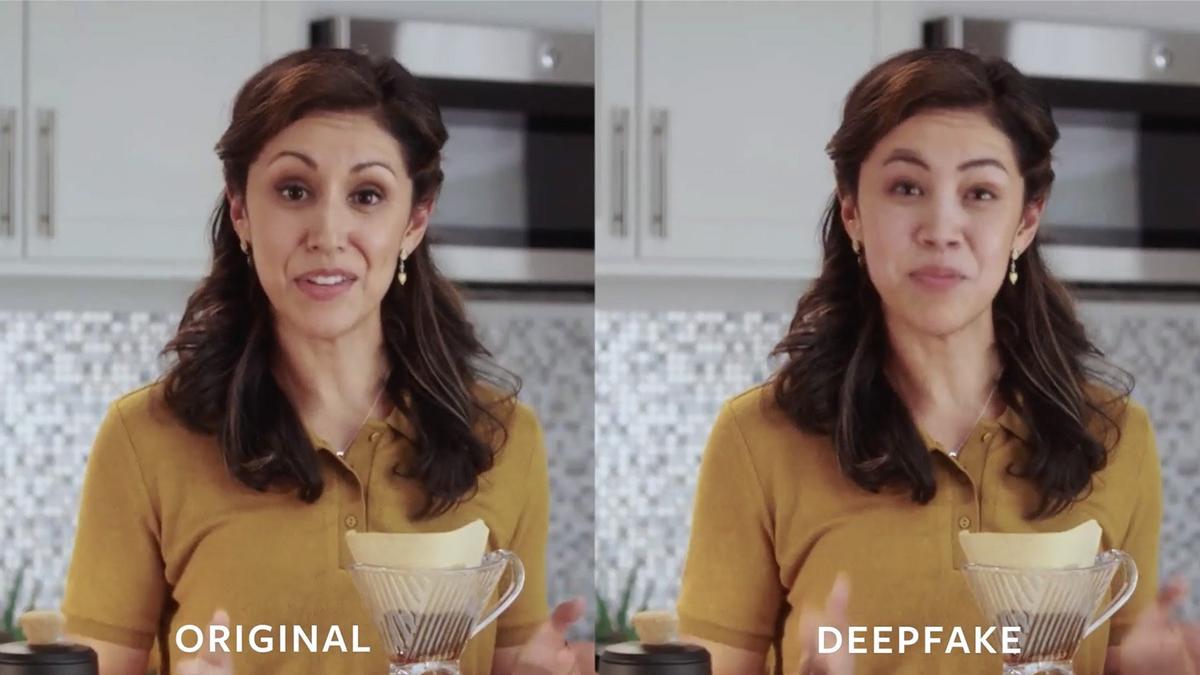What is Deepfake rules, Targeting Creators and Social Media
by onleaves

What is Deepfakes
In a bid to combat the rising threat of AI-generated deepfake and misinformation, India is set to implement stringent regulations. This includes the possibility of imposing financial penalties on both the creators and the social media platforms facilitating the dissemination of such harmful content. Union Information Technology and Telecom Minister Ashwini Vaishnaw highlighted the urgency in addressing this issue, emphasizing the need for effective measures within the next 10 days.
The regulations aim to enhance the detection of deepfakes, prevent their upload and viral spread, and reinforce mechanisms for reporting such content. Vaishnaw underlined the detrimental impact of deepfakes on democracy, stressing the importance of swift action to bolster trust in society. The proposed penalties, applicable to both individuals and platforms, are integral to the regulatory framework.
To gather insights and inputs, the minister engaged with representatives from major tech companies, including Meta, Google, and Amazon. Recognizing the rapid dissemination of deepfakes on social media, Vaishnaw stressed the necessity for proactive measures to safeguard democracy and rebuild trust in society. The move towards regulation was initially reported by Mint, indicating the government’s commitment to addressing deepfake content promptly and efficiently.
Also Read: Dolly Parton in Cowboys Cheerleader Outfit: Thanksgiving Halftime Hits, Biography, LifeStyle
All stakeholders have committed to formulating specific and actionable measures within the next 10 days, aligning with four key pillars: detecting deepfakes, preventing the dissemination and viral sharing of such content, fortifying reporting mechanisms, and fostering awareness through collaborative efforts between the government and industry entities, according to Vaishnaw. Deepfakes, characterized by digitally altered media created through artificial intelligence, deceive by convincingly portraying individuals in a misleading manner.
The impending regulation could be introduced either as an amendment to India’s existing IT rules or as an entirely new law. Vaishnaw indicated that the forthcoming meeting in early December would address the draft regulation of deepfakes, initiating a subsequent phase of public consultation. The minister emphasized that platforms’ ‘safe harbor immunity’ under the Information Technology (IT) Act would not be applicable unless they swiftly take decisive actions.
Additional topics addressed in Thursday’s meeting encompassed the challenges of AI bias and discrimination, exploring potential modifications to existing reporting mechanisms. In response to the growing threat of deepfake content, the government issued notices to social media platforms last week. The concerns heightened as several prominent figures, including Prime Minister Narendra Modi and actor Katrina Kaif, became targets of deepfake videos. The gravity of the issue was underscored when the Prime Minister highlighted deepfakes in his address to the Leaders of G20 during a virtual summit on Wednesday.
Encouraging Outlook from Industry Leaders Following Thursday’s Meeting
Participants from various industries expressed optimism about the discussions held during Thursday’s meeting.
According to a Google spokesperson present at the consultation, the company is actively developing tools and safeguards to counteract the misuse of technology, simultaneously empowering users to assess online information more effectively.

In a statement, the company emphasized its enduring commitment to stringent policies, advanced technology, and systematic approaches for identifying and removing harmful content across its products and platforms. This commitment extends to the launch of new products leveraging generative AI, aligning with the same ethos and approach.
Meta Silent Amidst Discussions on Deepfake Regulations
Meta has not provided an immediate response to inquiries regarding the ongoing discussions. Ashish Aggarwal, the Vice President of Public Policy at Nasscom, emphasized the need to reinforce regulations in India specifically targeting the identification of individuals creating deepfakes. He highlighted the challenge of pinpointing the small percentage of malicious users responsible for generating such content, characterizing it as an issue of identification and enforcement.
While existing technology can aid in identifying synthetic content, the difficulty lies in distinguishing harmful synthetic content from harmless content and swiftly removing the former. One proposed solution involves the incorporation of watermarks or labels in digitally altered content to warn users about synthetic elements and associated risks. Additionally, efforts are underway to strengthen tools that empower users to promptly report such content.
A senior industry official familiar with the developments revealed that most companies have adopted a pro-regulation stance. Despite having reactive policies against misinformation and manipulated content, these policies often rely on the safe harbor protection provided to social platforms, putting the responsibility of penalization in the hands of users. The official suggested that upcoming regulations might strike a balance between user accountability and platform responsibility.
Also Read: Exploring Alternatives: Tasty Swaps for French Fried Onions in Your Green Bean Casserole
The official further noted that compliance may be more straightforward for larger firms with greater resources, potentially leading to a graded approach to penalties, sanctions, and compliance timelines. This approach could mirror the implementation of the Digital Personal Data Protection Act. Challenges may arise for platforms with a significant amount of non-English language content, especially in filtering deepfakes and misinformation, which is crucial, particularly in handling electoral information.
Rohit Kumar, Founding Partner at The Quantum Hub, emphasized the importance of regulations and being mindful of compliance costs. He suggested a graded approach to minimize the burden on platforms, proposing the definition of ‘virality’ thresholds. This approach would require platforms to prioritize the review and takedown of content that begins to gain widespread attention.
He emphasized that while safe harbor protection should not be completely diluted, the responsibility for harm caused by a deepfake should rest primarily with the individual who creates and shares the video, rather than placing undue liability on the platform.
Milestone Alert!
Livemint achieves remarkable growth, emerging as the fastest-growing news website globally ???? Click here for more details.
What is Deepfakes In a bid to combat the rising threat of AI-generated deepfake and misinformation, India is set to implement stringent regulations. This includes the possibility of imposing financial penalties on both the creators and the social media platforms facilitating the dissemination of such harmful content. Union Information Technology and Telecom Minister Ashwini Vaishnaw…
Recent Posts
- Financial Success with Nivesh Mitra: Your Trusted Investment Companion
- Manav Sampada Portal at ehrms.upsdc.gov.in for Viewing the E-Service Book
- School Insights Navigate Shala Darpan with Staff Login @ rajshaladarpan.nic.in
- Maharashtra Employment 2023: Register Online for Job Opportunities
- Empower Your Career: Navigating the Employment Exchange for Success





